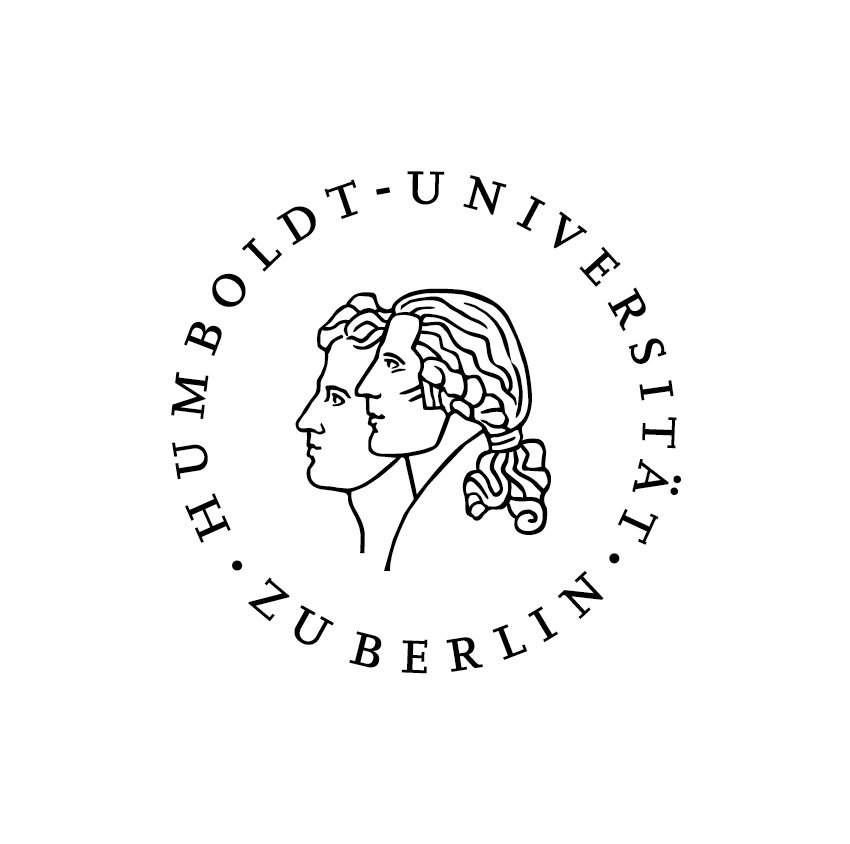Pioneering work for more efficient food production

Spectral reshuffling of sun light for increased crop yield using protein thin films
The challenges are clear: global food demand will increase 56% by 2050; extreme weather events are increasing food supply insecurity. Solutions are tangible: food production gains attributable to greenhouse cultivation amount to 20%, with a lot more possible.
To build a resilient and sustainable greenhouse production industry it starts with lighting. Greenhouse cultivation uses artificial LED lighting to promote crop growth. Energy costs can be staggering. Artificial lighting relies on limited fossil-based energy supplies – causing excessive emissions and volatile cost structures for growers. Crucial for global food security: if we are going to leverage the benefits of greenhouse cultivation and expand beyond the already existing 30.000 km² worldwide, we need to empower the right potentials of exponential growth. At the same time, we need to minimize their environmental impact.
Making use of the state-of-art facilities available here at the CSMB, and supported through a validation contract awarded by the Bundesagentur für Sprunginnovationen (SPRIND), the bio-nanotechnology company Mimotype is pioneering a solution that not only increases efficiency and energy security in greenhouse food production, it also integrates sustainability as part of its foundation. Here’s how.
From the spectrum of incoming sunlight, plants mostly utilize red and blue wavelengths for photosynthesis. Mimotype creates composite materials that convert non-productive parts of sunlight, like ultraviolet or green, into photosynthetically active wavelengths that are optimal for plant growth & development.
The breakthrough tech: all-protein photoconversion film solutions
Rather than exposing plants with artificial LED blue or red light, Mimotype’s films reshuffle the spectral composition of incident sunlight using a phenomenon known as photoluminescence. Unused sunlight energy is made accessible to greenhouse growers, without any net energy input.
The secret? Engineered fluorescent proteins, derived from jellyfish, naturally evolved to perform spectral color conversions. Leveraging engineered, color-tunable, and versatile fluorescent proteins enables Mimotype to deliver unprecedented bio-optical thin film technologies. Instead of using toxic and ineffective photoconverters, Mimotype offers completely biodegradable & biocompatible material systems. The new films are set to cover greenhouse walls, enhancing crop growth in both sun radiation saturated & adverse climate zones, freed from the necessity of electricity. Integrating seamlessly into the vegetable realm they leave no trace behind.
Contract research to achieve market maturity
In 2021, Claudio Flores and his twin brother Danilo founded the nanotechnology start-up Mimotype, which develops novel material systems for bio-inspired, organic semiconductor technology that is intended to enable light generation based on nature. In order to bring the product to market maturity, a research collaboration was established between the young Berlin nanotechnology company and the Hybrid Devices Group at Humboldt-Universität zu Berlin, headed by CSMB-member Prof. List-Kratochvil.

